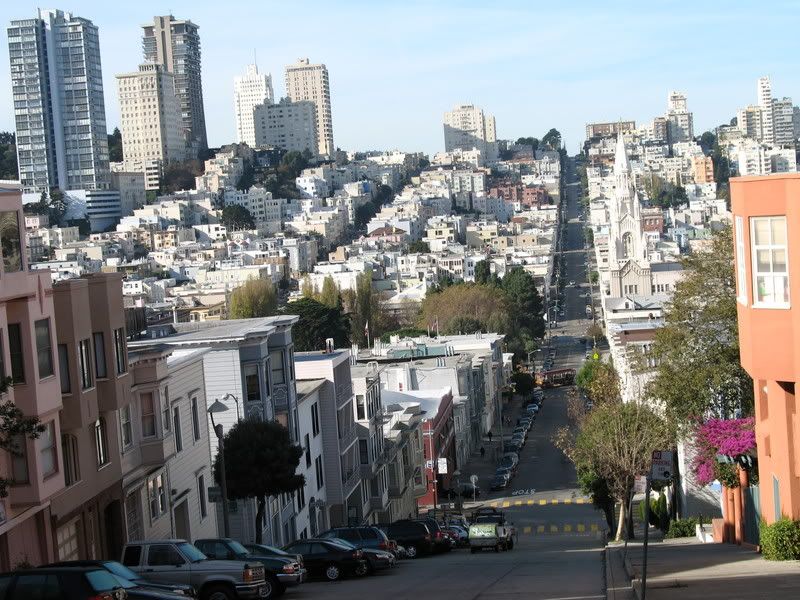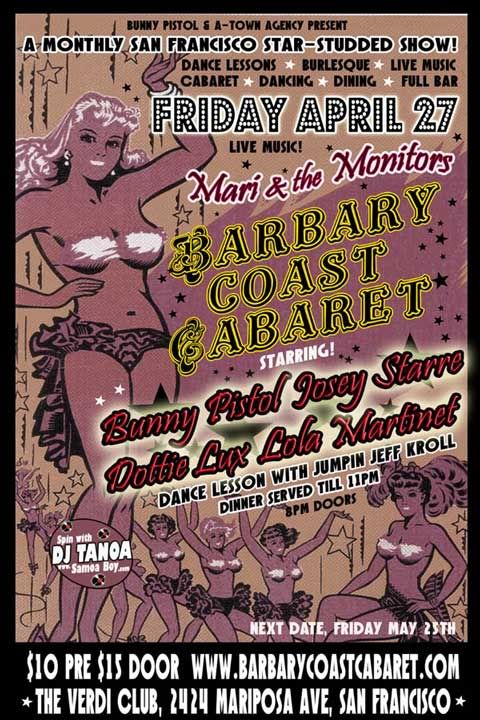New deadly quake shakes northern Italy [Yahoo News link with links to images on bottom]
Stephen Jewkes - Reuters - May 29, 2012
CAVEZZO, Emilia-Romagna (Reuters) - An earthquake killed 16 people and injured about 350 in northern Italy on Tuesday, spreading fear among thousands of residents living in tents after a similarly strong tremor in the same region flattened their homes nine days ago.
Rescuers were searching through the rubble of houses and warehouses in the Emilia-Romagna region, where several building sites had just reopened after the previous quake on May 20.
Officials said 16 people were confirmed dead, more than twice the number killed in the May 20 quake that, like Tuesday's, had its epicenter near the city of Modena. The number of those forced to leave their homes doubled to 14,000.
Many residents ran out of buildings when they felt the 5.8-magnitude tremor, which hit shortly after 3 a.m. EDT just as operations to rebuild the quake-struck region were under way.
"As we were coming down the stairs, we heard the sound of crumbling houses around us. There was a big cloud of dust," said 72-year-old Giulio in Cavezzo, a badly damaged village about 30 km (20 miles) from Modena where three died.
Rescuers searched tirelessly for survivors despite initial operations being hampered by disruption to the mobile phone network and to the railway network around Bologna.
A woman was pulled alive from the debris of her house in Cavezzo after 12 hours searching, according to Sky Italia.
The quake was the most deadly to strike Italy since 2009 when a tremor partially destroyed the central city of L'Aquila, killing about 300 people and leaving thousands homeless.
With its streets deserted, Cavezzo looked like a ghost town. A shop in the centre still had fruit displayed on stalls outside in the street.
In a nearby empty coffee shop a half-eaten croissant was left on a plate on the bar and an apron lay on the floor.
"It's a disaster, I've never seen anything like it. An endless series of very strong tremors after those of May 20, which had already pulled everything to its knees," said a very shaken Stefano Draghetti, mayor of Cavezzo.
"We need a lot of help to restart, from those who can - the state, the European community."
Italian media showed buildings and shopping malls shaking and collapsing under the force of the quake and ambulances racing across towns. Churches and factories were badly damaged.
In Medolla, also near the epicenter, an electromedical equipment plant collapsed, killing a worker. Rescuers were frantically searching for three other workers still believed to be under the rubble, a Reuters witness said.
"The situation is one of great fear and uncertainty," said Salvatore Iannizzotto, provincial head for the Modena police.
"The population was becoming more relaxed and slowly moving back into their homes. They have now left their homes again."
The civil protection service was setting up new emergency campsites to provide residents with shelter for the night.
Stephen Jewkes - Reuters - May 29, 2012
CAVEZZO, Emilia-Romagna (Reuters) - An earthquake killed 16 people and injured about 350 in northern Italy on Tuesday, spreading fear among thousands of residents living in tents after a similarly strong tremor in the same region flattened their homes nine days ago.
Rescuers were searching through the rubble of houses and warehouses in the Emilia-Romagna region, where several building sites had just reopened after the previous quake on May 20.
Officials said 16 people were confirmed dead, more than twice the number killed in the May 20 quake that, like Tuesday's, had its epicenter near the city of Modena. The number of those forced to leave their homes doubled to 14,000.
Many residents ran out of buildings when they felt the 5.8-magnitude tremor, which hit shortly after 3 a.m. EDT just as operations to rebuild the quake-struck region were under way.
"As we were coming down the stairs, we heard the sound of crumbling houses around us. There was a big cloud of dust," said 72-year-old Giulio in Cavezzo, a badly damaged village about 30 km (20 miles) from Modena where three died.
Rescuers searched tirelessly for survivors despite initial operations being hampered by disruption to the mobile phone network and to the railway network around Bologna.
A woman was pulled alive from the debris of her house in Cavezzo after 12 hours searching, according to Sky Italia.
The quake was the most deadly to strike Italy since 2009 when a tremor partially destroyed the central city of L'Aquila, killing about 300 people and leaving thousands homeless.
With its streets deserted, Cavezzo looked like a ghost town. A shop in the centre still had fruit displayed on stalls outside in the street.
In a nearby empty coffee shop a half-eaten croissant was left on a plate on the bar and an apron lay on the floor.
"It's a disaster, I've never seen anything like it. An endless series of very strong tremors after those of May 20, which had already pulled everything to its knees," said a very shaken Stefano Draghetti, mayor of Cavezzo.
"We need a lot of help to restart, from those who can - the state, the European community."
Italian media showed buildings and shopping malls shaking and collapsing under the force of the quake and ambulances racing across towns. Churches and factories were badly damaged.
In Medolla, also near the epicenter, an electromedical equipment plant collapsed, killing a worker. Rescuers were frantically searching for three other workers still believed to be under the rubble, a Reuters witness said.
"The situation is one of great fear and uncertainty," said Salvatore Iannizzotto, provincial head for the Modena police.
"The population was becoming more relaxed and slowly moving back into their homes. They have now left their homes again."
The civil protection service was setting up new emergency campsites to provide residents with shelter for the night.
QUAKE WOUNDS ITALY
The quake hit one of the most productive regions in a country struggling with a deep economic recession.
Farmers estimated the damage of the previous quake to agriculture in one of Italy's most fertile areas at more than 200 million euros ($250 million).
Sports car maker Ferrari and motorcycle firm Ducati closed their plants in the region for safety reasons. The world's top pasta-maker Barilla, based in Parma, evacuated a plant for 15 minutes but said production had not stopped. Italian bank BPER closed around 20 branches for safety reasons while medical products company Sorin said its plant in Mirabella had been damaged.
The quake was felt across northern and central Italy, including in the most populous northern city Milan. The area was hit by several large aftershocks, one of 5.6 magnitude
Schools and buildings were evacuated as far south as Florence. A soccer match between Italy and Luxembourg in Parma scheduled later on Tuesday was called off.
Emilia-Romagna, famed for its cured ham and mature Parmesan cheese, is in the middle of the Po plain, traditionally considered safer than other areas of seismic Italy.
Several historic buildings, some hit by the previous quake, suffered further damage.
In the town of San Felice sul Panaro whose imposing 14th-century Estense Castle was badly damaged in the quake just over a week ago, three workers were killed by a crumbling warehouse.
"The situation is very serious, some people are stuck under the rubble," Alberto Silvestri, the town's mayor, told Italian television.
Italian media also reported serious damage to the Baroque cathedral of Carpi and the Te Palace in Mantua, an architectural masterpiece from the Renaissance.
Prime Minister Mario Monti, whose cabinet is due to approve fresh emergency measures on Wednesday, tried to reassure the population in an impromptu news conference.
"I want to assure everyone that the state will do all that it must do, all that is possible to do, as fast as it can to guarantee the return to normality in a region so special, so important, so productive for Italy," he said.
French President Francois Hollande's office said France stood ready to provide Italy with any experts or logistical aid it might need. Greece was among the first nations to offer help.
A 3.8 magnitude quake was also felt in western Bulgaria on Tuesday, causing no casualties or serious damage, the National Geophysical Institute said. It had its epicenter near Pernik.
(Writing by Lisa Jucca; Additional reporting by Antonella Cinelli and Steve Scherer in Rome, Svetlana Kovalyova, Antonella Ciancio and Lisa Jucca in Milan; Editing by Pravin Char)
The quake hit one of the most productive regions in a country struggling with a deep economic recession.
Farmers estimated the damage of the previous quake to agriculture in one of Italy's most fertile areas at more than 200 million euros ($250 million).
Sports car maker Ferrari and motorcycle firm Ducati closed their plants in the region for safety reasons. The world's top pasta-maker Barilla, based in Parma, evacuated a plant for 15 minutes but said production had not stopped. Italian bank BPER closed around 20 branches for safety reasons while medical products company Sorin said its plant in Mirabella had been damaged.
The quake was felt across northern and central Italy, including in the most populous northern city Milan. The area was hit by several large aftershocks, one of 5.6 magnitude
Schools and buildings were evacuated as far south as Florence. A soccer match between Italy and Luxembourg in Parma scheduled later on Tuesday was called off.
Emilia-Romagna, famed for its cured ham and mature Parmesan cheese, is in the middle of the Po plain, traditionally considered safer than other areas of seismic Italy.
Several historic buildings, some hit by the previous quake, suffered further damage.
In the town of San Felice sul Panaro whose imposing 14th-century Estense Castle was badly damaged in the quake just over a week ago, three workers were killed by a crumbling warehouse.
"The situation is very serious, some people are stuck under the rubble," Alberto Silvestri, the town's mayor, told Italian television.
Italian media also reported serious damage to the Baroque cathedral of Carpi and the Te Palace in Mantua, an architectural masterpiece from the Renaissance.
Prime Minister Mario Monti, whose cabinet is due to approve fresh emergency measures on Wednesday, tried to reassure the population in an impromptu news conference.
"I want to assure everyone that the state will do all that it must do, all that is possible to do, as fast as it can to guarantee the return to normality in a region so special, so important, so productive for Italy," he said.
French President Francois Hollande's office said France stood ready to provide Italy with any experts or logistical aid it might need. Greece was among the first nations to offer help.
A 3.8 magnitude quake was also felt in western Bulgaria on Tuesday, causing no casualties or serious damage, the National Geophysical Institute said. It had its epicenter near Pernik.
(Writing by Lisa Jucca; Additional reporting by Antonella Cinelli and Steve Scherer in Rome, Svetlana Kovalyova, Antonella Ciancio and Lisa Jucca in Milan; Editing by Pravin Char)





